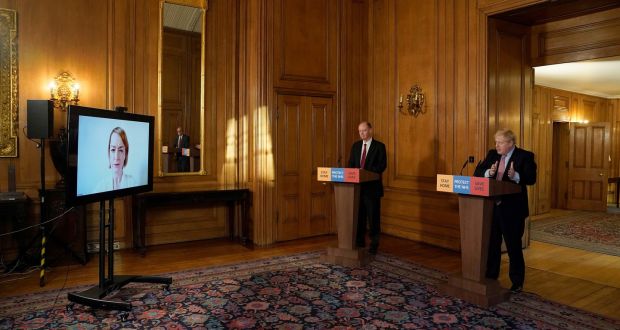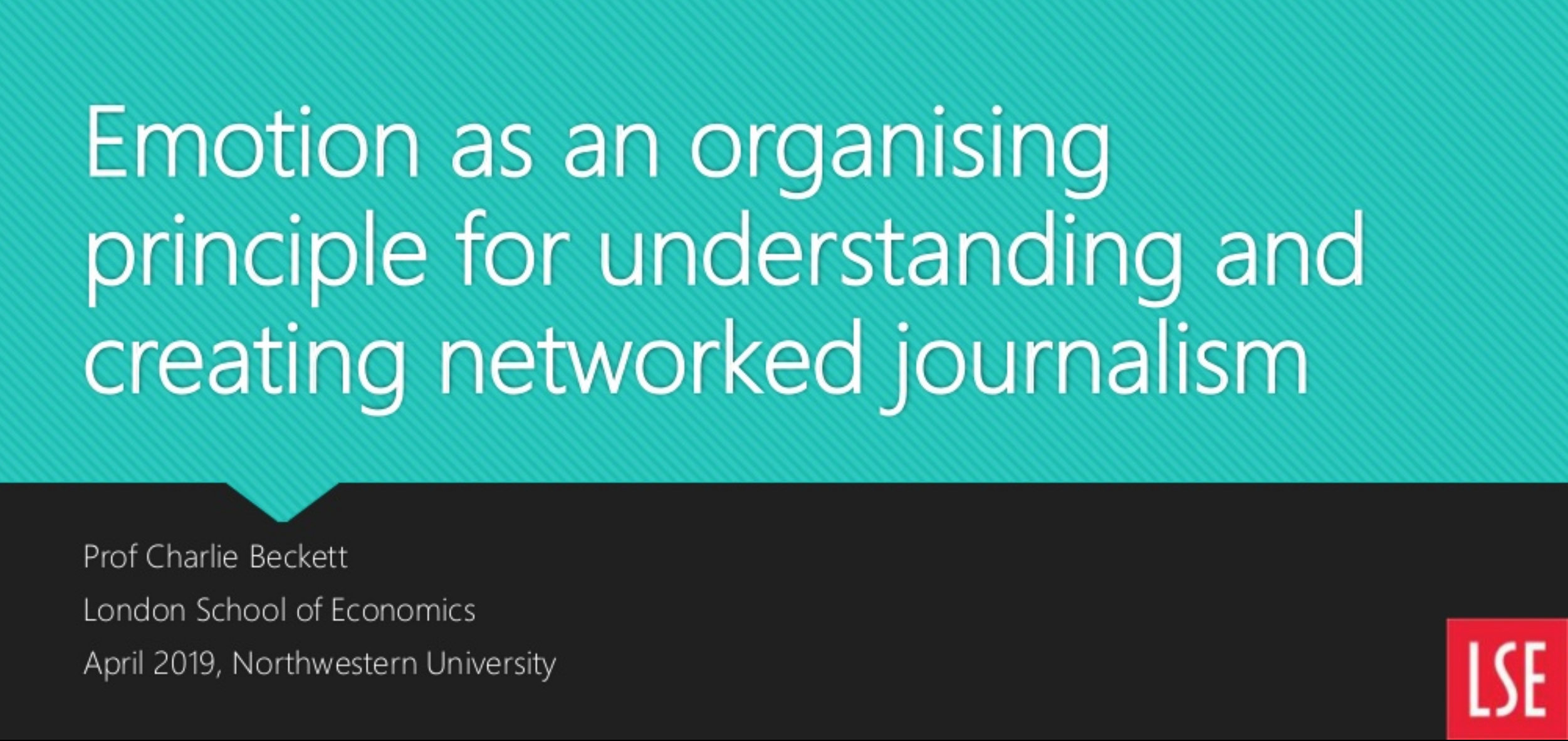Journalism and theatre have much in common – and not just because both professions are full of show-offs. Both have shown resilience to threats from new technologies. The early 20th-century development of the film industry was meant to do for live theatre, but if anything it’s cinema that has taken the bigger hit a century later from internet streaming and subscription services. Meantime, consumers of journalism recognise its prosperity in new technologies, even as newspapers wither as its old means of delivery. George Pitcher has a look at what news makers can learn from the dramatists.
Both theatre and journalism deploy real-time story-telling. They both depend on an engaged, paying audience. They both try to offer insight, sometimes exclusively, into the human condition.
And they share a desire to permeate the “fourth wall” between performers and their witnesses to bond a tribal unity between them, either through emotional engagement or a Bertholt Brecht-style alienation effect, the better to evoke a political and/or social-critical audience response.
The question arises whether the arts of journalism and theatre – and we’re taking as a given that journalism is an art rather than a science – can make common cause. It’s not a new question. It has its roots in the 1990s, a Journalism Studies paper by Ori Tenenboim and Natalie Jomini Stroud records, with the appearance of public or civil journalism, which assumes that journalism has a responsibility to public life that went beyond simply telling the news.
But this was not so much performance-based; it entailed surveying particular demographics and holding public meetings to present and discuss findings. Such projects were documented from South America to Africa and Asia.
Living Newspapers
More historically, a theatrical form called Living Newspaper was developed in the Soviet Union in the 1920s to act out current events and social issues. Later in the 20th century, the political theatre boom in Britain in the 1960s and 70s – inspired by “angry young men” writers in the 1950s and developed by playwrights such as David Hare, Howard Brenton and David Edgar and touring companies like Hull Truck and 7:84 (so-called because a statistic in the Economist in 1966 revealed that 84 per cent of the UK’s assets were owned by 7 per cent of the population) – took real-event reportage on the road, all too often with a single spot-lit actor addressing audiences.
Dubbed “agitprop”, after the Soviet tradition of subversive agitation and propaganda, the style, however, remained resolutely presentational. Despite that Brechtian approach, the audience were invariably spectators, rather than participants.

Today, there may be an opportunity to take the relationship between reportage and drama further and make it more immersive. It may be that there is a greater confluence between journalistic and theatrical practice in prospect for the 2020s, as journalism finds news ways of being for the internet age and theatre presides over the demise of narrative playwriting in favour of more pop-up and improvisational formats.
In this context, the Tenenboim/Stroud paper cites developments in the US, including the New York Times offering TimesTalks – live events that can include performances – and the Texas Tribune’s chief executive Even Smith stating “events are journalism; events are content”. Key to the genre appears to be the panel-led discussions that follow performances – not simply interrogation of Olympian writers, actors and directors by a grateful audience, but examination of the issues arising themselves, allowing “all participants to experience themselves as co-determinate participants of the action”.
Tennboim/Stroud call the practice “enacted journalism”: “Although journalism has been brought into theat[re] throughout history, enacted journalism brings theat[re] into journalism.” And relaying the somewhat over-robust claim that “More informed citizens are more likely to accept democratic norms, such as political tolerance, and to engage in political life”, they conducted research into audience responses to three enacted-journalism performances – Beautiful Agitators, When Lighting the Voids and Tomorrow, Inshallah – and established that, in the most part, audience political perceptions were shifted or enhanced.
Dangerous Ground?
The dramatic technique here is liminality, the territory in which the boundaries between reality and performance are blurred. This is customarily dangerous ground for journalism to tread . What price fake news if enacted journalism is distorting reality for its consumers? But the exploratory experience can be justified, it might be argued, if that reality is interrogated in post-performance discussion. It may even be educative of the journalistic process, more of which in a moment.
There is no reason why this liminality of enacted journalism, or what we might coin Performance Journalism for UK purposes, should be confined to the theatre. The Eyebeam Centre for the Future of Journalism (ECFJ) has been an experimental grant-making resource for artist-journalist teams producing innovative and revelatory journalistic work since 1998.
And, as Robin Kwong, then of the FT and now Newsroom Innovation Chief at the Wall Street Journal, told the Power of Storytelling virtual conference in Bucharest last year, performed poetry can have a similarly powerful audience effect. One example is the FT Standpoint’s documentary in verse on the Irish Backstop in the Brexit drama. Computer gaming is another emergent field of opportunity for journalism too.

Performance Journalism
But theatre may currently be where the Performance Journalism action is. It may well be that what journalism and theatre share in common is that both require an empathetic, emotional response to succeed. And, while that has arguably been the case for dramatic form since its inception in ancient Greece, journalism is discovering it as a means of evolving into the 21st century.
“My belief is that we need a new kind of journalism,” says Kwong. “One that is grounded in factual truths, but also honours and speaks to people’s emotional truths. We need journalism that sparks curiosity and creates a space for exploration and understanding, instead of assuming that people will naturally be interested because what we report on is important.”
But an emotional, empathetic response to human issues, particularly life-threatening ones, would seem to fly in the face of first principles of journalism – that good journalism should be coldly analytical and that facts are sacred, while emotions are profane.
Kwong disagrees: “I think it is precisely on topics such as climate change and Brexit that emotional storytelling can have a big impact. These are widely reported topics, where the facts are abundant and evident. But they’re also topics on which people have already formed strong opinions, and are probably fatigued from hearing about the facts. Emotional storytelling lets us break through that and help people look at these issues with fresh eyes and a fresh perspective.”
It is, of course, about good story-telling: “That, I think, is the power of emotional storytelling. Emotions can affect cognition. It can help people open their world up and be curious about new facts, or it can close their world in.”
Theatre and Journalism
The co-extension of theatre and journalism is in its infancy in the UK – there has been little beyond comedy review of the news. But some experimental work does seem to suggest that this may be changing.
Dow Jones, publisher of the Wall Street Journal, has recently sponsored a couple of shows at the National Theatre (and to a limited extent elsewhere), created by the NT’s Dramaturg Stewart Pringle and presented by NT actors. The first marked the tenth anniversary of the Telegraph’s investigation of MPs’ expenses in 2019 and examined the stories’ political legacy, while the other, entitled “Anything you can do, AI can do better”, looked at the threats and opportunities presented by artificial intelligence.
Both followed the established format of audience discussion of the issues afterwards, in this case panels chaired by broadcaster Evan Davis. To date, this has been the limit of audience participation. It’s possible, however, that for purposes of generating a liminal response that an audience could be engaged as a principal part of the action, influencing the way in which the drama plays out.
With sufficiently well briefed actors an audience could be engaged as a surrogate newsroom, with opinions sought on how a news agenda – either single-issue, fictional or deploying real news of the day (or a combination of both the latter) – is constructed and developed.

Dramatic Effect
To this end, drama would not only be examining topical and vital issues, but also unpacking for scrutiny the processes of journalism and how they work. The circumstances of the play may need to be manipulated for dramatic effect – a decision made by the newsroom/audience can be set up as fake news or a serious defamation – but the show could be essentially different, depending on audience response and improvisational development, every time it is performed. A bit like a day in journalism, really.
Apart from entertainment value, on top of enhanced political and social awareness, there is obvious educational potential for this model. With improvisational actors sufficiently familiar with the workings of journalism, schools and colleges could role-play real-time journalism as training for the real thing. In a sense, theatre is offering journalism a virtual reality.
It’s a mixture of an enhancement of theatre in the community with journalism conducted under safe, clinical conditions, with no real people being hurt in the process. It also provides an emotional and/or empathetic experience, immersive and cathartic, in an arena of fixed time that both journalism and theatre share – the need to meet a deadline and to see a climax to the action, a “strong curtain”.
This article by George Pitcher @GeorgePitcher
All articles posted on this blog give the views of the author(s), and not the position of Polis, nor of the London School of Economics and Political Science.





